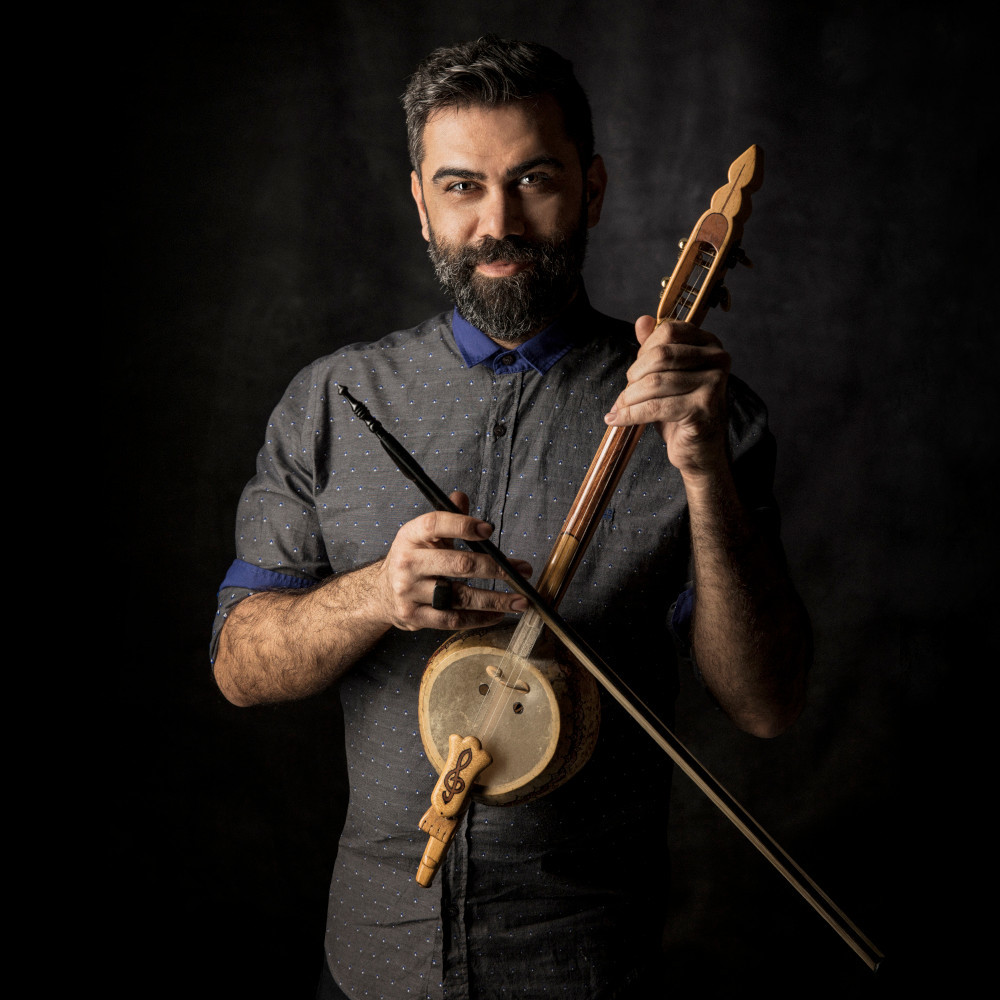Kabak kemane and its performance tradition in western Anatolia
Musical instruments are formed based on geographical, social and economic situations of the society, so they reflect cultural characteristics of the society in which they are performed. Kabak kemane is one of the bowed musical instruments representing Turkish culture as well.
It is widely accepted that kabak kemane is originally performed in Central Asia, and since then, kabak kemane has been reformed based on social needs in Anatolia region. Nowadays, kabak kemane, one of the musical instruments that has an essential role in Turkish folk music, has many instrument makers and local performers as well as professional musicians in TRT and ministry of culture choirs and conservatoires. These are proofs of kabak kemane’s importance in Turkish folk instruments. In order to examine the historical development of the bow instruments within the scope of this Ph.D. thesis entitled “Kabak Kemane and Performance Tradition of Kabak Kemane in Western Anatolia”, the findings obtained from archaeological excavations made in and out of Anatolia have firstly been examined and so it has been emphasized whether or not a bow instrument is found in these archaeological excavations. Later, written sources have been reviewed and an assessment has been made in order to be able to have an idea about the shape and structure characteristics of bow instruments. In order to determine the using of an instrument resembling kabak kemane in Turkish culture, kabak kemane has been compared with similar instruments in the context of Turkish World and common cultural elements about it have been identified. Moreover, other bow instruments in the Turkic World, which have different structures have been studied and a classification of bow instruments performed in Turkish culture has been made. Also, in this study, a comparison on naming, origin, classification, the structure that differs from the locals, and performance style of kabak kemane has been made; the repertoire, performance technique and attitude characteristics of this instrument have been determined. Besides these, in the context of locality and nationality, the functions of kabak kemane have been evaluated, its performers have been introduced.
For full article (Yükseköğretim Kurulu (YÖK) - Ulusal Tez Merkezi)
